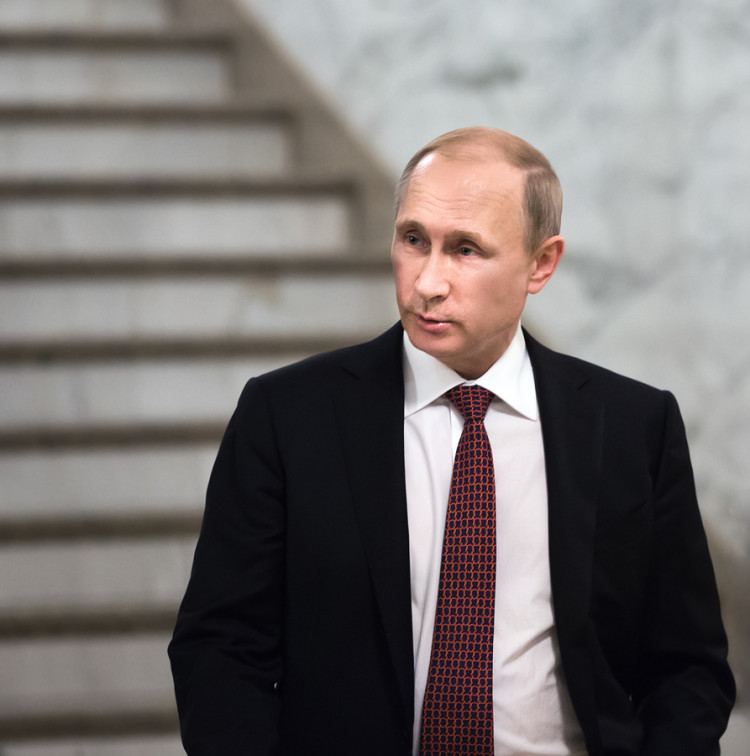NATO Confronts New Russia Threat While Afghan Challenge Persists

©2015 Bloomberg News
NQIMJO6JIJUX
(Bloomberg) — Even as NATO defense ministers took steps this week to counter what they describe as a new Russian military threat, they were dogged by a security headache they’ve been unable to shake.
Almost a dozen years after its involvement in Afghanistan began, the North Atlantic Treaty Organization — like the U.S. – – is still there. The allies, their combat role having ended more than six months ago, have promised to continue training Afghan security forces through the end of next year and run a civilian-led mission in 2017.
U.S. Defense Secretary Ashton Carter said Thursday that he will include money for Afghanistan in the fiscal 2017 defense budget now being prepared. But he devoted most of his time to highlighting the need for a new alliance “playbook” to cope with a radically changed security landscape.
“We talked here about NATO’s adaptation to the future. And the future looks different than it did just last summer,” Carter said on Thursday in Brussels, where he was attending a two-day meeting of 28 allied defense chiefs.
Much of the session was consumed by new dangers, such as potential Russian threats to the Baltic States — Estonia, Latvia and Lithuania — and new alliance initiatives, including beefed-up cybersecurity efforts.
Yet also in attendance, like Banquo’s ghost, was acting Afghan Defense Minister Masoom Stanekzai, whose swearing-in ceremony in Kabul was disrupted by a June 22 Taliban car bombing of the Afghan parliament. He came to the Brussels meetings in an effort to make sure his country remained on the alliance agenda.
Hard to Halt
“Afghanistan is currently undergoing a lot of challenges,” he told reporters. “Afghans have made many sacrifices. Nobody should forget this.”
The discussion of Afghanistan at a meeting dominated by new threats from Russia in NATO’s east and Islamic extremism to its south was a reminder that it’s often easier to launch a military engagement than to halt it.
NATO’s Afghanistan mission began in August 2003, when memories of the September 11 attacks in the U.S. were still fresh. A dozen years later, American and European soldiers are largely confined to a training and support mission.
Still, what Carter calls NATO’s “pivot to the future” is reshaping the alliance in significant ways, as his week-long trip through Europe demonstrated.
The pace of military exercises has quickened and spread deep into portions of the former Soviet Union. U.S. combat equipment, including about 250 main battle tanks, armored infantry carriers and artillery pieces, is being deployed to bases in six central and eastern European countries.
‘Spearhead’ Force
The allies also have delegated to NATO’s top military commander new powers to put its rapid response “spearhead” force on alert and begin readying it for battle without waiting for political approval.
That means U.S. Air Force General Philip Breedlove, NATO’s Supreme Allied Commander Europe, can begin marshalling allied troops without waiting for a sometimes cumbersome bureaucracy to make a final decision.
“If we have intel indications that trip our concern,” Breedlove said, he could rouse the quick-reacting spearhead force.
Delegating that authority to the allies’ top commander is one sign of the far-reaching changes under way in response to gathering concern over Russia’s intentions after its 2014 annexation of Crimea.
‘Wide-Open’ Border
Russian forces in and near Ukraine are poised for further action, Breedlove said. At least 30 supply missions have crossed the now “wide-open” border with Ukraine, Breedlove said.
“Mr. Putin has developed a very capable force along the periphery of Ukraine,” he told a small group of reporters. “He has supplied it, trained it and positioned it so that it can do any number of things.”
The Russian Federation under President Vladimir Putin also has funneled an enormous amount of equipment and ammunition to pro-Russian forces inside eastern Ukraine. NATO officials have observed at least 30 supply missions crossing the border, according to Breedlove.
“Mr. Putin is very clear he does not want Kiev leaning to the West, and that he will use the appropriate force necessary to keep Kiev from leaving to the West,” he said. “I don’t think Mr. Putin is done in eastern Ukraine.”
The prospect of further Russian moves to destabilize its neighbors, perhaps in a bid to split the alliance, is what’s driving the organizational overhaul in Brussels.
Carter said NATO understands “its need to change — change the way it operates, change the way it invests, change the way it plans and change the way it makes decisions.”
Yet, simultaneously meeting the resurgent Russian threat, coping with the impact of Islamic extremism and tending to unfinished business in Afghanistan is likely to test the allies.
Despite ever-more urgent appeals from the U.S. for its partners to boost military budgets, NATO’s collective defense spending this year is expected to fall by 1.5 percent, according to Secretary-General Jens Stoltenberg.
To contact the reporter on this story: David J. Lynch in Brussels at dlynch27@bloomberg.net To contact the editors responsible for this story: John Walcott at jwalcott9@bloomberg.net Larry Liebert







No Comment